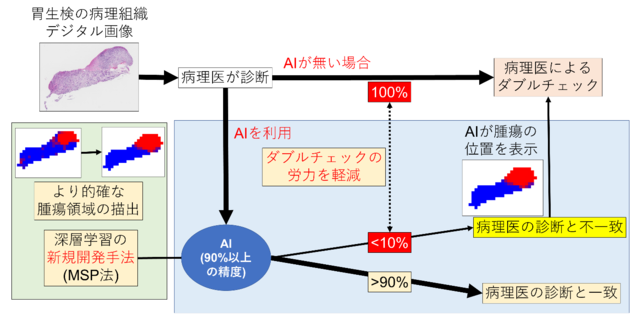2022-08-17 ノースウェスタン大学
<関連情報>
- https://news.northwestern.edu/stories/2022/08/why-heat-makes-us-sleepy/
- https://www.cell.com/current-biology/fulltext/S0960-9822(22)01209-X
高温用温度計回路がショウジョウバエの行動を持続的な暑さに適応させる A thermometer circuit for hot temperature adjusts Drosophila behavior to persistent heat
Michael H. Alpert,Hamin Gil,Alessia Para,Marco Gallio
Current Biology Published:August 17, 2022
DOI:https://doi.org/10.1016/j.cub.2022.07.060

Highlights
•Internal AC sensors function as thermometers for hot temperature in Drosophila
•AC firing is proportional to temperature above the fly’s preferred range of 25°C
•ACs drive the LPN clock neurons, increasing daytime siesta sleep in hot conditions
•AC→LPN runs parallel to cold circuitry, allowing selective sleep adjustment to hot/cold
Summary
Small poikilotherms such as the fruit fly Drosophila depend on absolute temperature measurements to identify external conditions that are above (hot) or below (cold) their preferred range and to react accordingly. Hot and cold temperatures have a different impact on fly activity and sleep, but the circuits and mechanisms that adjust behavior to specific thermal conditions are not well understood. Here, we use patch-clamp electrophysiology to show that internal thermosensory neurons located within the fly head capsule (the AC neurons1) function as a thermometer active in the hot range. ACs exhibit sustained firing rates that scale with absolute temperature—but only for temperatures above the fly’s preferred ∼25°C (i.e., “hot” temperature). We identify ACs in the fly brain connectome and demonstrate that they target a single class of circadian neurons, the LPNs.2LPNs receive excitatory drive from ACs and respond robustly to hot stimuli, but their responses do not exclusively rely on ACs. Instead, LPNs receive independent drive from thermosensory neurons of the fly antenna via a new class of second-order projection neurons (TPN-IV). Finally, we show that silencing LPNs blocks the restructuring of daytime “siesta” sleep, which normally occurs in response to persistent heat. Our previous work described a distinct thermometer circuit for cold temperature.3Together, the results demonstrate that the fly nervous system separately encodes and relays absolute hot and cold temperature information, show how patterns of sleep and activity can be adapted to specific temperature conditions, and illustrate how persistent drive from sensory pathways can impact behavior on extended temporal scales.


